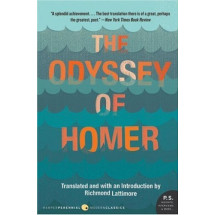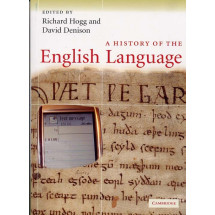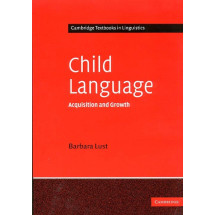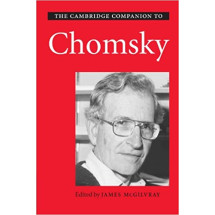List of Illustrations.
About Longman Cultural Editions.
About this Editon.
Introduction.
Note on Sources.
Table of Dates.
The Merchant of Venice.
CONTEXTS.
I. ON THE RIALTO AND IN THE GHETTO: VENICE AND THE JEWS OF VENICE.
1. Venice headnote.
Thomas Coryate, from Crudities (1611).
Lewis Lewkenor, from “To the Reader,” prefaced to his translation of Gasparo Contarini, The Commonwealth and Government of Venice (1599).
Fynes Moryson, from An Itinerary, “The Justice, Laws, and Judgments in the State of Venice” (1617).
2. Jews in England and Venice.
Raphael Holinshed from Chronicles of England, Scotland, and Wales (1587).
Martin Luther, On the Jews and their Lies (1543).
William Camden, Annals, or The History of the Most Renowned and Victorious Princess Elizabeth, Late Queen of England (1625, 1630).
Thomas Coryate, from Crudities (1611) and Constantinopolitan Observations (1625).
Fynes Moryson, from An Itinerary (1617).
Robert Wilson, The Three Ladies of London (1584).
Christopher Marlowe, from The Jew of Malta (1590).
From The Play of the Salutation and Conception (15th Century).
William Shakespeare, from Measure for Measure Act 2 scene 2.
II. USURY HEADNOTE.
Seneca, from On Benefits (mid-First Century AD).
Philip Stubbes, from The Anatomy of Abuses, “Great Usury in Ailgna”.
Francis Bacon, “Of Usury” (1601).
Robert Wilson, from Three Ladies of London (1584).
Thomas Wilson, from A Discourse upon Usury (1572).
III. SHYLOCK: PERFORMANCE AND RECEPTION.
William Hazlitt, from Characters of Shakespeare's Plays (1817).
Heinrich Heine, from “Notes on Shakespeare's Plays.
William Winter from Shakespeare on the Stage (1911).
Reviews of Shylock performed in Yiddish by Jacob Adler (1903).
Review of Maurice Schwartz as Shylock (1930 ).
Desmond MacCarthy, “Shylocks Past and Present” (1920).
Friendship and Marriage.
“Say How I Loved You” (4.1.273).
Michel de Montaigne, “Of Friendship” (1603).
Francis Bacon, “Of Friendship” (1601).
William Shakespeare Sonnets 20 and 29.
Women and marriage headnote.
From Certain Sermons or Homilies (1563), “Of Matrimony”.
Richard Mulcaster, from Positions. . . Necessary for the Training up of Children (1581).
“Mark the Music”.
Boethius, On Music (c. 503).
Macrobius, Commentary on Cicero's The Dream of Scipio (c. 430).
Baldassare Castiglione, from The Courtier (1528).
Robert Burton, The Anatomy of Melancholy (1621).
Philip Stubbes, from The Anatomy of Abuses (1583).
Suggestion for Further Reading.
Lawrence Danson is Professor English at Princeton University. He is the author of The Harmonies of The Merchant of Venice (Yale), as well as other books and articles on Shakespeare and his contemporaries, including Tragic Alphabet: Shakespeare’s Drama of Language (Yale) and Shakespeare’s Dramatic Genres (Oxford). He has also written Wilde’s Intentions: The Artist in His Criticism (Oxford) and Max Beerbohm and the Act of Writing (Oxford). He is co-editor of The Phoenix in The Complete Works of Thomas Middleton (Oxford).














